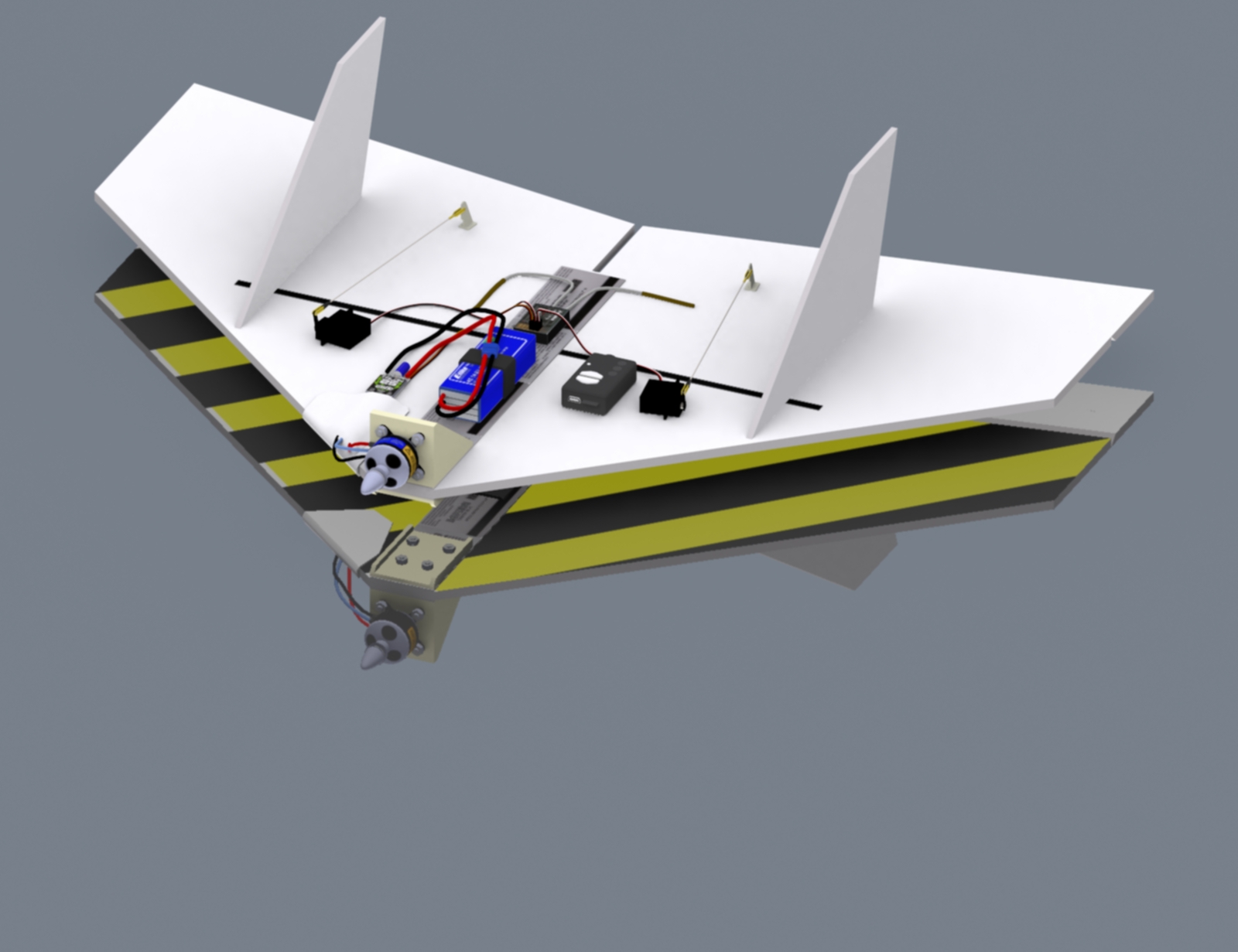May depend on the amount of L.E. sweep.
After learning to fly with Real Flight and making several custom content models for a few years, friends encouraged me to get into RW flying, so I started with the Tower Hobbies CrazE during the winter two years ago (found it easy to fly from the first launch).
Then got the bug to make my own design to fly that next summer.
Started with the flying wing CG calculator V2, default setting shown
http://fwcg.3dzone.dk/ (used the extended version)
Made the FBW from one sheet of DTFB, picked a balance of about 15%, as was still a low time RW pilot.
No washout added.
Designed it with Real Flight. As the various final weights became known, added those to the physics, then adjusted the balance in RF for what worked the best, and balanced the real world model to match.
Flew great for all of its summer life. Eventually, my newbie design of the weak spot at the front corner between the motor mount and the FB gave in its first hard-er landing. But, it served its learning experience task, for may enjoyable flights.
Added one thickness of foam board for reflex.
Never needed any extra trim.
So, it may depend on the design?
Wings with some sweep offset the need for washout??
Not sure, but it doesn't seem like the CrazE has any washout either..
 I want to use the same techniques that FliteTest uses because they seem to get awesome results! Any help would be awsome.
I want to use the same techniques that FliteTest uses because they seem to get awesome results! Any help would be awsome. 




